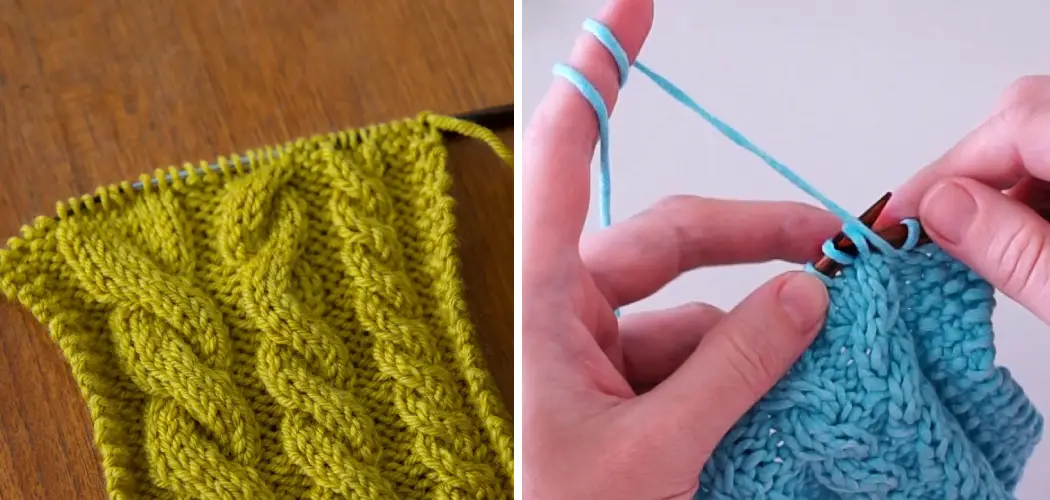Cable knitting, known for its intricate textures and timeless appeal, often involves the use of a cable needle to cross stitches. However, mastering the art of cable knitting without a cable needle can add a new level of efficiency and flexibility to your knitting skills. In this guide, we’ll explore how to cable knit without a cable needle, showcasing how to create stunning cable patterns with ease.
From understanding the mechanics of stitches to employing smart maneuvers, we’ll delve into the step-by-step process that allows you to execute complex cable designs seamlessly.
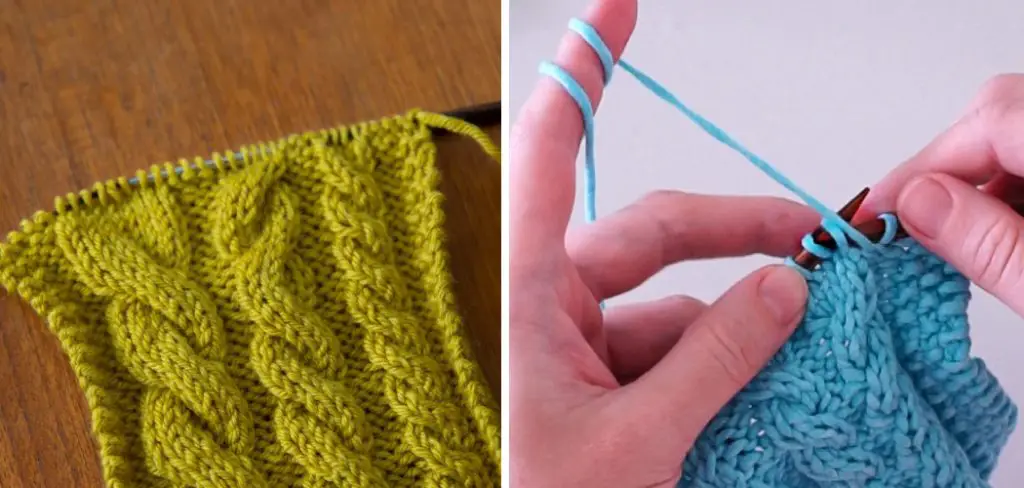
Whether you’re a seasoned knitter looking to enhance your repertoire or a beginner eager to dive into the world of cables, join us as we unravel the secrets of cable knitting without a cable needle, offering insights that will empower you to create captivating knitwear projects with confidence.
What Is Cable Knitting and Its Visual Appeal?
Cable knitting is a technique that has been around for centuries and continues to be popular today. It involves twisting stitches in a specific pattern to create beautiful, intricate textures and shapes. Cable knitted garments are often admired for their visual appeal – the designs are often cleverly crafted and sometimes even resemble animals or other forms of nature.
The combinations of patterns in cable knitting can also create stunning results. Knitters who have mastered the technique are able to create unique and beautiful pieces that stand out from the crowd.
In addition to its visual appeal, cable knitted garments also provide warmth and comfort. The tight twists of the cable stitches lock in heat while still allowing breathability – making them perfect for colder climates or outdoor activities like skiing or camping. Cable knits are also often thicker and heavier than regular stockinette, making them ideal for creating cozy sweaters and jackets.
The complexity of cable knitting can be daunting to some newcomers, but with practice and patience the technique can be mastered. With enough time and dedication any knitter can learn how to create beautiful works of art with cables. With the right resources and guidance, anyone can become a master of cable knitting.
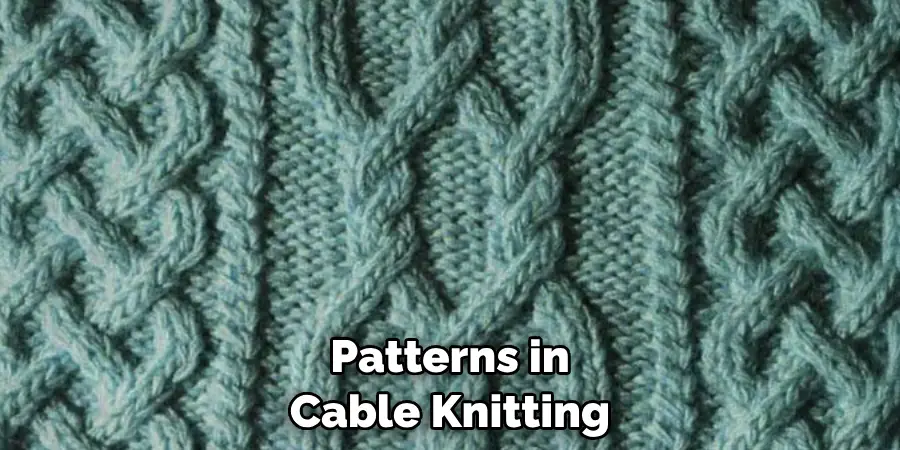
Importance of Learning Cable Knitting without a Cable Needle
Knitting with cables is a great way to create beautiful patterns and textures in your knitting projects. But it can be intimidating to learn it without the aid of a cable needle. The truth is, learning how to knit cables without a cable needle will open up a world of possibilities for you as a knitter.
Cable knitting without a cable needle requires you to move your stitches in a different way, which can feel uncomfortable at first. But once you get the hang of it, you won’t even need the cable needle anymore! You’ll be able to create intricate patterns quickly and easily without the help of any tool.
Not only that, but knitting cables without a cable needle will also teach you several important techniques, such as how to do the twist stitch and how to read a cable chart. Knowing these techniques will make it easier for you to understand more complicated patterns.
Learning how to knit cables without a cable needle is an essential skill for any serious knitter. It may seem intimidating at first, but with practice and patience, you’ll be able to master this technique in no time!
10 Methods on How to Cable Knit without a Cable Needle
1. The Single Crochet Method
The single crochet method is a simple and effective way to create cables without using a cable needle. To execute this method, you will need to use two stitches, one from the left side of the work and one from the right side. You will then insert your hook into both stitches and complete a single crochet stitch. This creates a twisted stitch that looks like a cable.
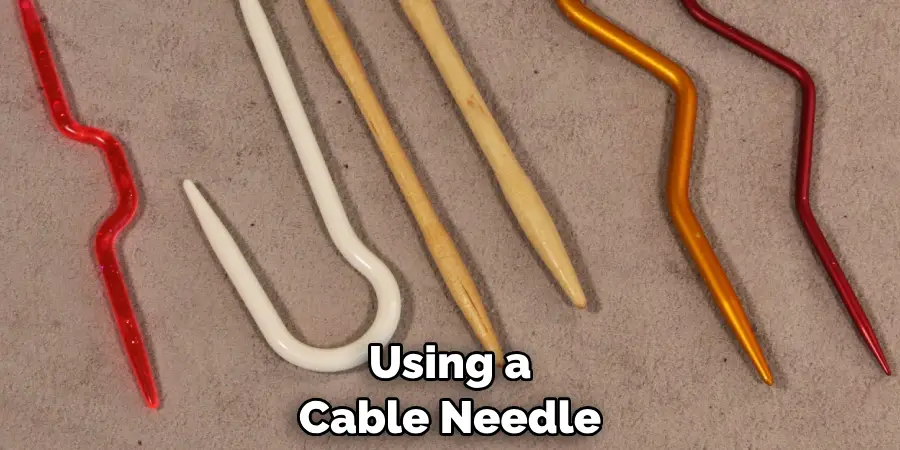
2. The Slip Stitch Method
The slip stitch method is another great way to cable without a cable needle. To execute this method, you will need to slip two stitches, one from the left side of the work and one from the right side, onto your working needle. Then you will knit these two stitches together as if they were one stitch. This creates a twisted stitch that looks like a cable.
3. The Double Crochet Method
The double crochet method is similar to the single crochet method but uses two stitches instead of just one. To execute this method, you will need to use three stitches, one from the left side of the work and two from the right side. You will then insert your hook into all three stitches and complete a double crochet stitch. This creates a twisted stitch that looks like a cable.
4. The Half-Twist Method
The half-twist method is another great way to create cables without using a cable needle. To execute this method, you will need to knit two stitches together as if they were one stitch but twist them halfway before knitting them together. This creates an interesting texture that looks like a cable when viewed from either side of the fabric.
5. The Twist & Purl Method
The twist & purl method is yet another way of creating cables without using a cable needle. To execute this method, you will need to twist two stitches before purling them together as if they were one stitch on the wrong side of your work (the backside). This creates an interesting texture that looks like a cable when viewed from either side of the fabric.
6. The Backwards Loop Method
The backward loop method is an easy way to create cables without using any special tools such as needles or hooks. To execute this method, you will need to make loops with your yarn by wrapping it around your thumb in opposite directions for each pair of loops created (one clockwise and one counterclockwise).
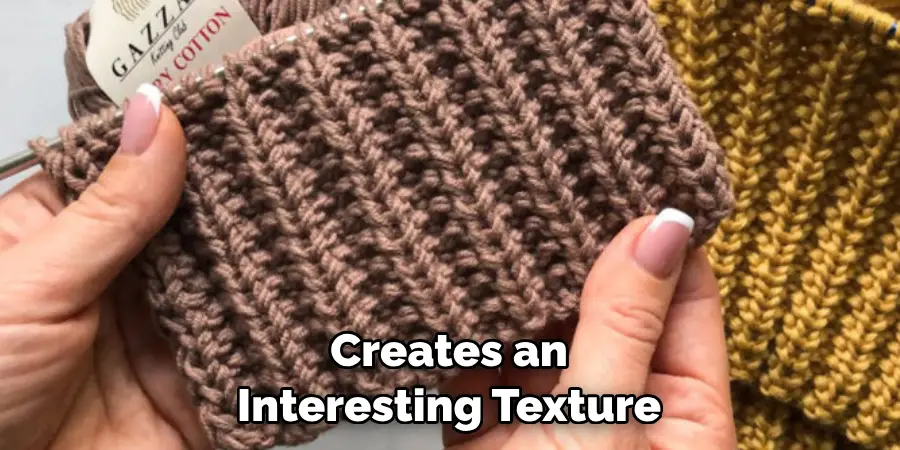
Then you can simply knit these loops together as if they were regular stitches on your working needle – creating an interesting texture that looks like a cable when viewed from either side of the fabric!
7. The Cable Cast On Method
The cable cast-on method is another great way to create cables without using any special tools such as needles or hooks – all you need is some yarn! To execute this technique, first cast on twice as many stitches as needed for your project (for example: 10 sts = 20 sts total).
Then take half of those cast-on stitches (in our example: 10 sts) and place them onto another needle or holder while keeping half (10 sts) on your working needle – now you have two sets of 10 sts each! Next, simply alternate between knitting each set until all sts are worked – creating an interesting texture that looks like a cable when viewed from either side of the fabric!
8. The Knit Through Back Loop Method
The knit-through-back loop (Ktbl) technique is also great for creating cables without needing any special tools such as needles or hooks! To execute this technique, first insert your working needle into each st on your knitting piece – making sure not to twist them – then knit through its back loop only instead of its front loop!
Doing so will result in twisted sts, which look just like cables when viewed from either side of your piece!
9. The Yarn Over Needle Method
This technique requires no additional tools other than some yarn and needles! To execute it, first, insert your working needle into each st on your knitting piece – making sure not to twist them – then wrap some yarn over it before knitting it off again! Doing so results in twisted sts, which look just like cables when viewed from either side of your piece!
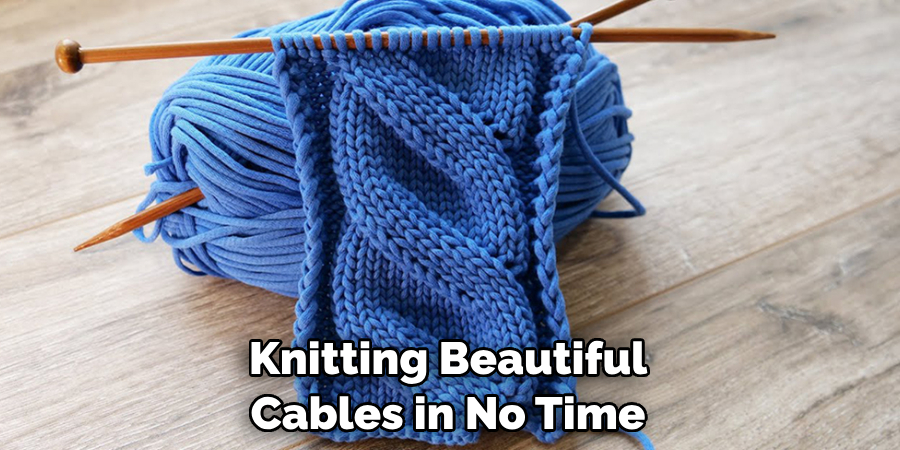
10. The Cable Cross Technique
Last but not least, we have our very own ‘cable cross’ technique which requires no additional tools other than some yarn and needles! To execute it first, insert both working needles into each st on your knitting piece – making sure not to twist them – then cross both needles behind their respective sts before knitting off both at once! Doing so results in twisted sts, which look just like cables when viewed from either side
Conclusion
While cable knitting can be intimidating and may seem difficult to master, it’s actually quite simple when you know the basics. With practice and patience, you’ll be knitting beautiful cables in no time – no cable needle required! Now that we’ve gone through the steps of how to cable knit without a cable needle, it’s your turn to give it a go. Have fun exploring this knitting technique and refining your skills!
Remember that determination and practice will be key here in order for you to really get the hang of cable knitting. If you need help along the way or have any more questions on how to cable knit without a cable needle, don’t forget to look up some helpful tutorials online or seek out advice from your local knitters group. Finally—let nothing stop you from achieving beautiful cabled projects.

